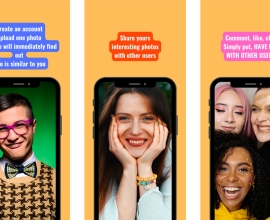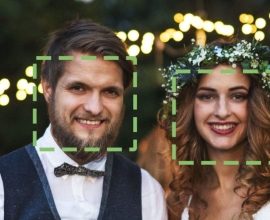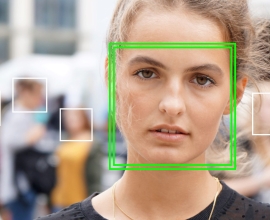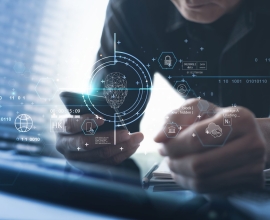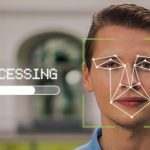Face recognition is an innovative use of biometric technology designed to not only detect a face within an image, but also to identify key facial features. Face recognition has many practical applications, ranging from surveillance and security through to autofocus settings for cameras. For many people, their most common interaction with face recognition will be their iPhone’s Face ID unlock system. For users who have not changed their accessibility settings, Apple’s Face ID face recognition system does not work if the user has their eyes closed. Is this because of a design feature, or does face recognition not work with eyes closed?
The simple answer is that face recognition can work with eyes closed, and advanced face recognition systems such as SkyBiometry can even detect whether a person’s eyes are open or closed. It is as a result of advanced features such as this that Apple Face ID does not normally work if the user has their eyes closed. This has been specified as a security feature, requiring active attention from the user to avoid nefarious unlocks of the phone by a third party.
How does facial recognition work
Face recognition is a subfield of object detection, the field of computer vision that detects specific objects within digital images, in this case; faces. The process involves transforming the analog information, the face, into digital information regarding the facial feature of the person in the image.
Whilst facial recognition systems vary in technology and composition, the basic steps are:
Step One: A picture involving a human face is either uploaded or captured from a device such as a surveillance camera.
Step Two: The face recognition system, such as SkyBiometry, will analyze the image. Key facial features, such as the bridge and shape of the nose and the contour of the person’s chin, ears and lips will be processed. In addition to facial features, advanced facial recognition systems can detect faces at multiple angles.
Step Three: Once the picture has been analyzed, it can be used either to match the identity of the person to a known individual within a database as well as to estimate face recognition attributes such as gender, age and the emotions of those within the image.
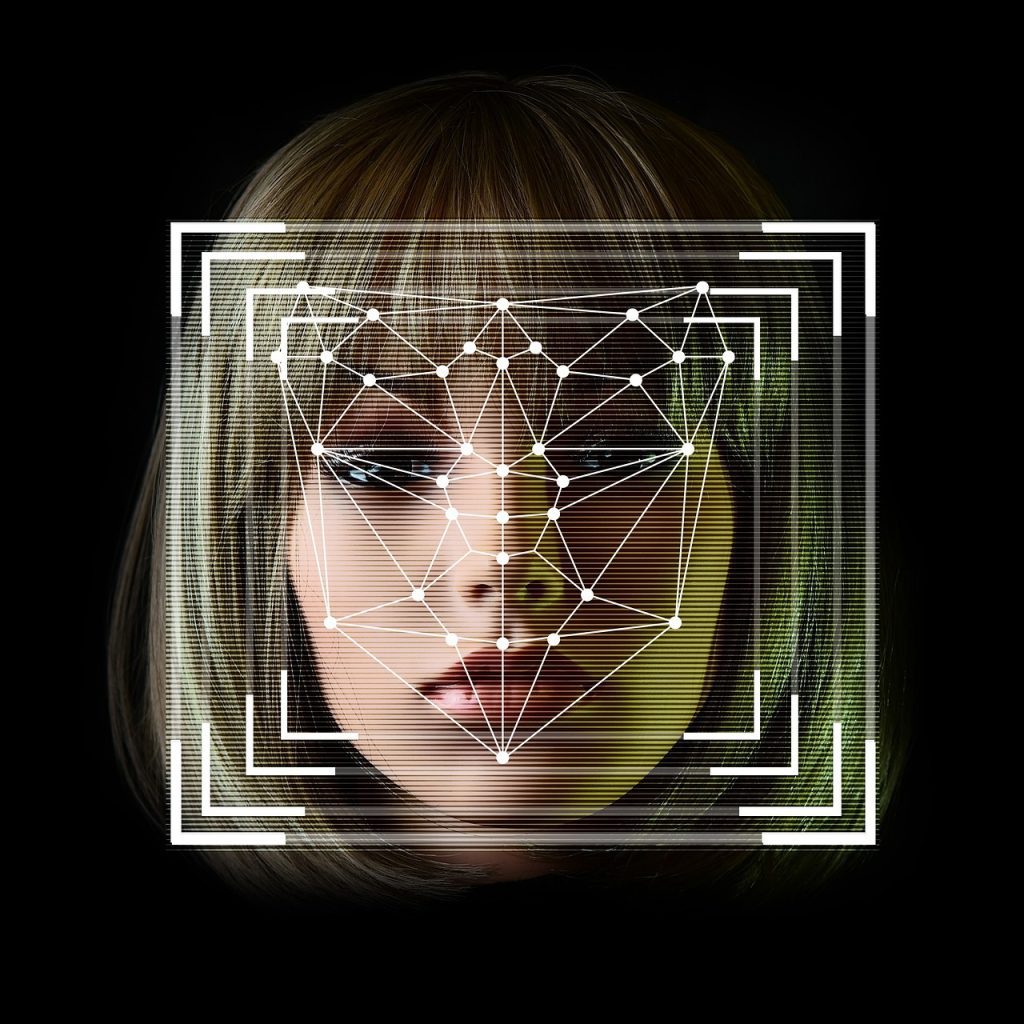
Applications of Face Recognition
There are multiple applications of facial recognition for businesses. The most common application is for surveillance and security purposes. Law enforcement agents use facial recognition to pair images of suspects with known persons in databases.
Border authorities are able to use face recognition to better verify a traveler’s identity compared to simply using the human eye. As previously mentioned, for most people their most common interaction with face recognition will be unlocking their phone. Whilst the iPhone 14 face ID offers one of the most advanced face recognition systems on the market with features such as a dot projector and depth sensor, there is a wide range of smartphones that utilize face recognition for security purposes.
It isn’t just for unlocking a phone that the device utilizes face recognition. Features that require an extra level of security, such as authenticating digital payments often use facial recognition.
Due to the streamlined verification experience that face recognition systems offer, the biometric technology is starting to be used across many different use cases. One such example is in modern hotels, where face recognition is replacing the need for cumbersome key cards. By scanning the visitor’s face when they check in, the face recognition systems can be used to lock and unlock the hotel room doors, adding an extra layer of security and convenience for both the hotel and the guest.
One of the most popular uses of SkyBiometry and other face recognition systems is for personalized marketing and advertising campaigns. By identifying key facial features such as age, gender or emotion, adverts displayed on billboards and digital displays can be personalized to the viewer. This improved relevancy helps to improve the engagement rates of adverts, driving greater results and helping to minimize wasted ad spending.
Face recognition with face mask
A feature that was flung into the spotlight recently was the need for face recognition systems to be able to analyze a person whilst they are wearing a face mask. During the pandemic, face masks became commonplace across the globe. It would have caused significant health and infection risks if people would have had to remove their face masks to verify their identity. Therefore, the advanced capabilities of face recognition systems to identify faces whilst wearing face masks became invaluable. However, the accuracy of the face recognition, as well as specific features such as emotion recognition, did decrease when face masks were worn compared to when the full frontal image of the face was available to analyze.
Using SkyBiometry for face recognition
SkyBiometry delivers a well-established yet cutting edge face recognition solution available via API, allowing developers to do more with less. The face recognition features that the SkyBiometry API can analyze include:
- Gender
- Smiling (True / False)
- Glasses (True / False)
- Dark Glasses (True / False)
- Lips
- Eyes
- Age
- Beard (True / False)
- Mustache (True / False)
- Hat (True / False)
- Ethnicity
- Mood
- Roll
- Yaw
Get started with SkyBiometry face recognition by visiting the Dev Center or get in contact with a member of our team to discuss your project.



